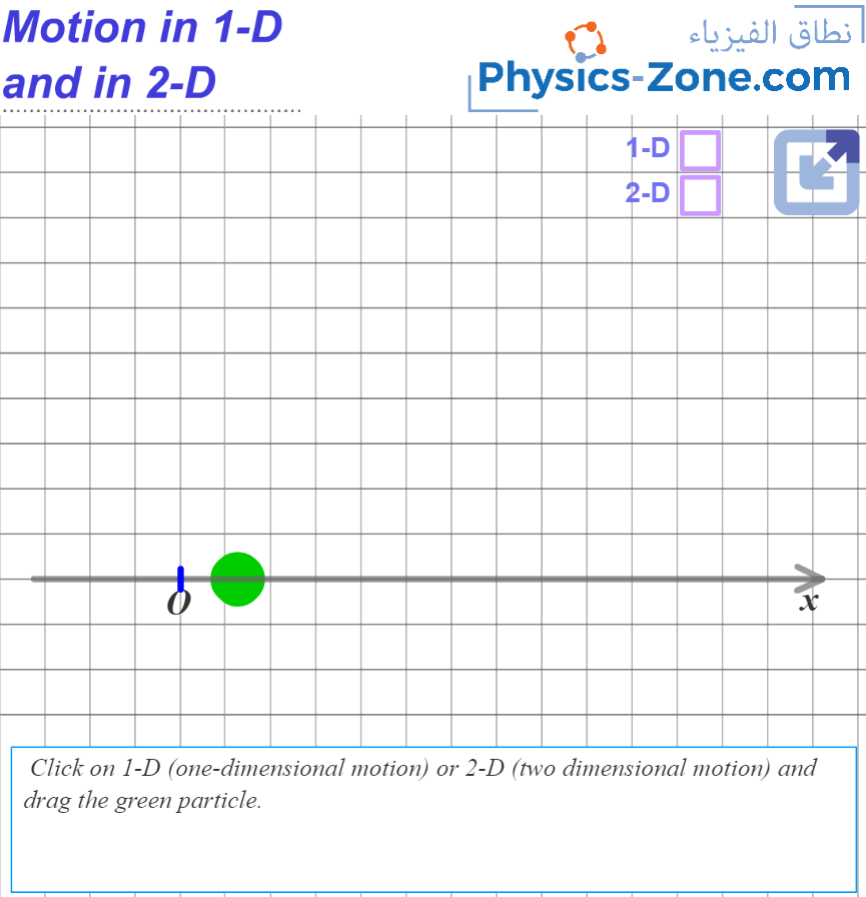Similar Posts

Long Division Simulation – Float
If you or your student or child are having difficulties in learning long division, then you will find this simulation comprehensive and instructional, that guides the learner through the process step by step. This application is for long division with float quotient. Another application on long division with remainder is also available in the simulations section.
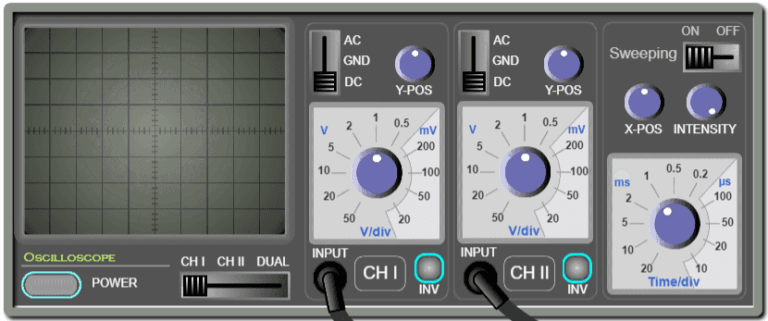
Over 2,000 people visited Virtual Oscilloscope in mere 7 days
Designed to replicate the functionality of a real oscilloscope, the Virtual Oscilloscope has captivated the attention of students, educators, and electronics enthusiasts alike. Its intuitive interface and accurate waveform representations have garnered positive feedback, making it an invaluable resource for anyone interested in circuit analysis and electronic waveforms. I extend my gratitude to all those who have supported me and invite others to join this immersive learning experience.
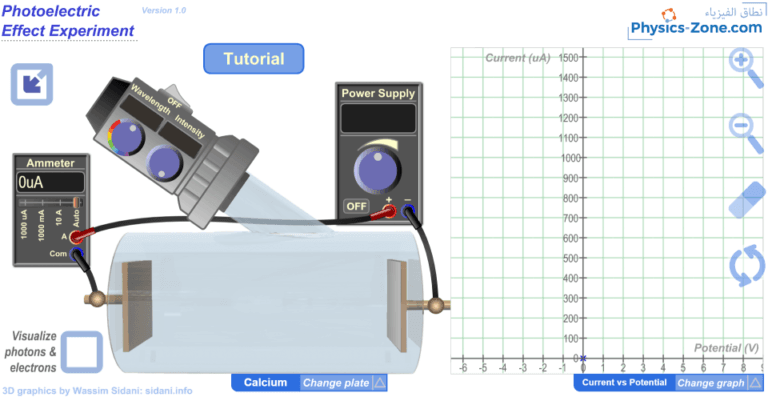
Photoelectric Effect Experiment Simulation
With this comprehensive and realistic-like photoelectric effect experiment simulation, you will be able to illustrate the following:
The variations of the photocurrent versus potential.
The variations of the photocurrent versus light intensity.
The variation of the kinetic energy of the ejected electrons versus the incident light frequency.
It comes with a graph where you can trace each type of variation as you vary the parameters of the experiment.
Plus, you can experiment and discover more with this simulation.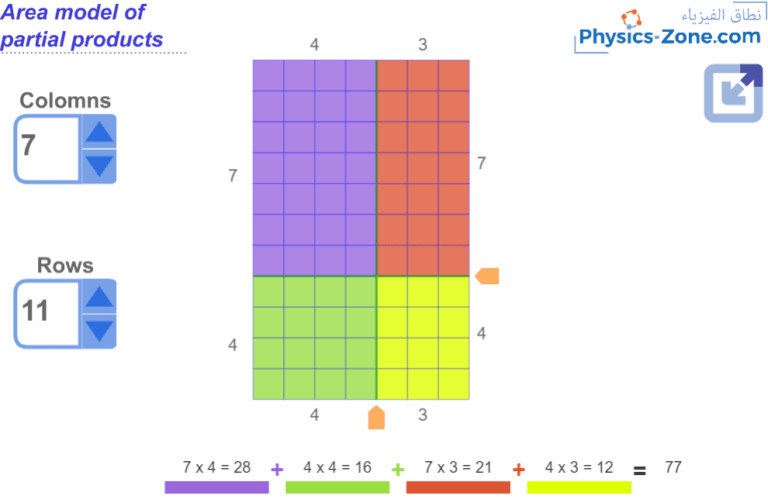
Area Model of Partial Products
Elementary math teachers know the importance of this model in teaching the concept of applying distributive property in area model.
The idea is to break one large area (which represents the product of two numbers) into several pieces (products of smaller numbers), then to find the areas of the pieces individually, and finally add to get the area of the whole (the product of the given numbers).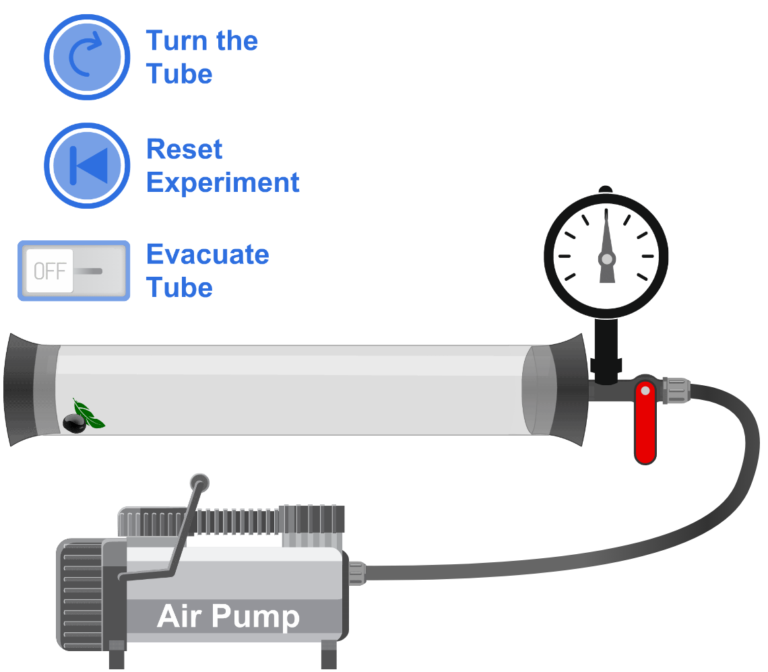
Newton’s Tube Simulation
This simulation models Newton’s tube experiment, showing how air resistance affects falling objects. By removing air from the tube and flipping it, users can observe how a feather and a pebble fall differently in air but identically in a vacuum—demonstrating that gravity accelerates all objects equally when air resistance is removed.

Old simulations
These simulations were made using the Adobe Flash/AcrtionScript. You can download them and run then in Windows.
